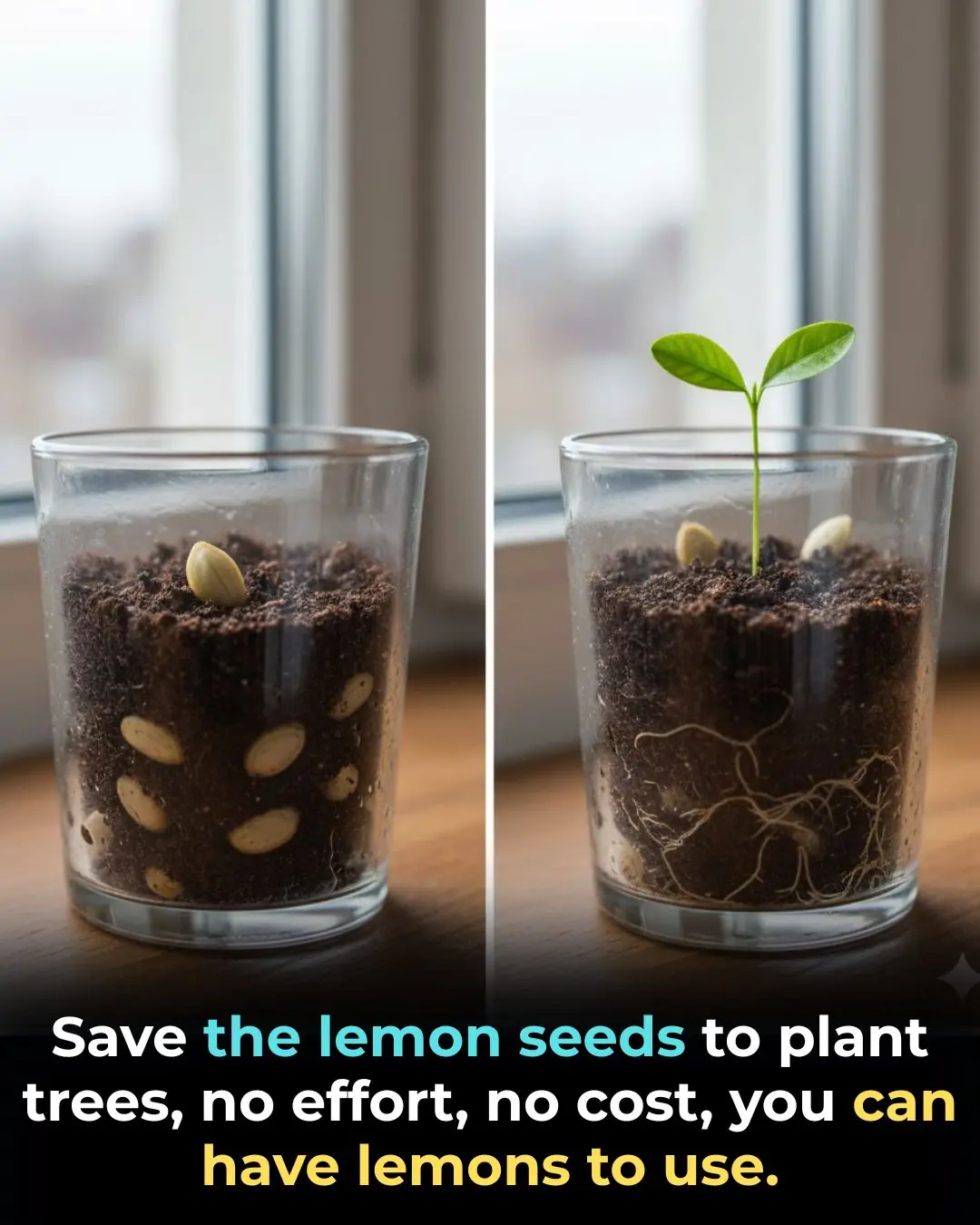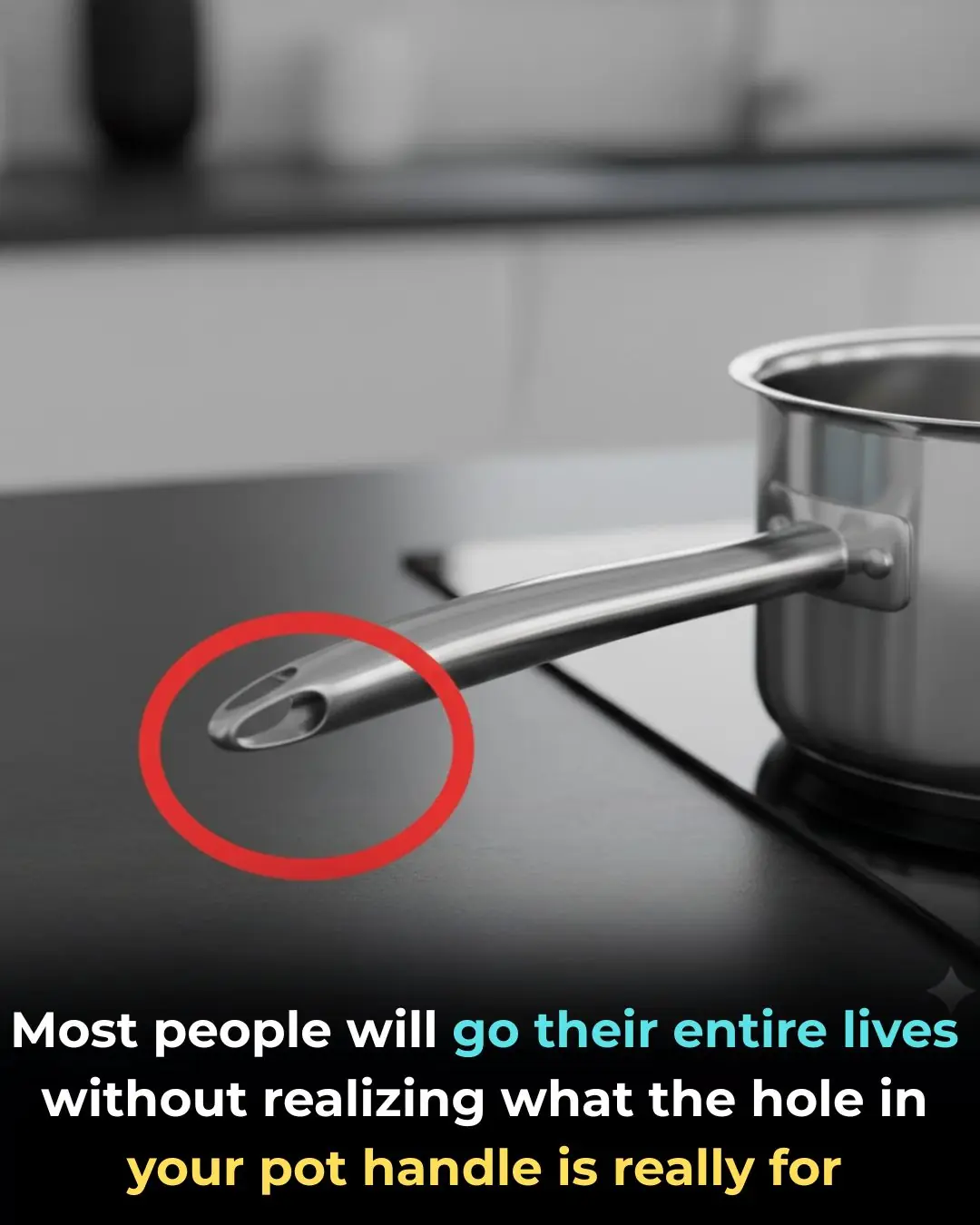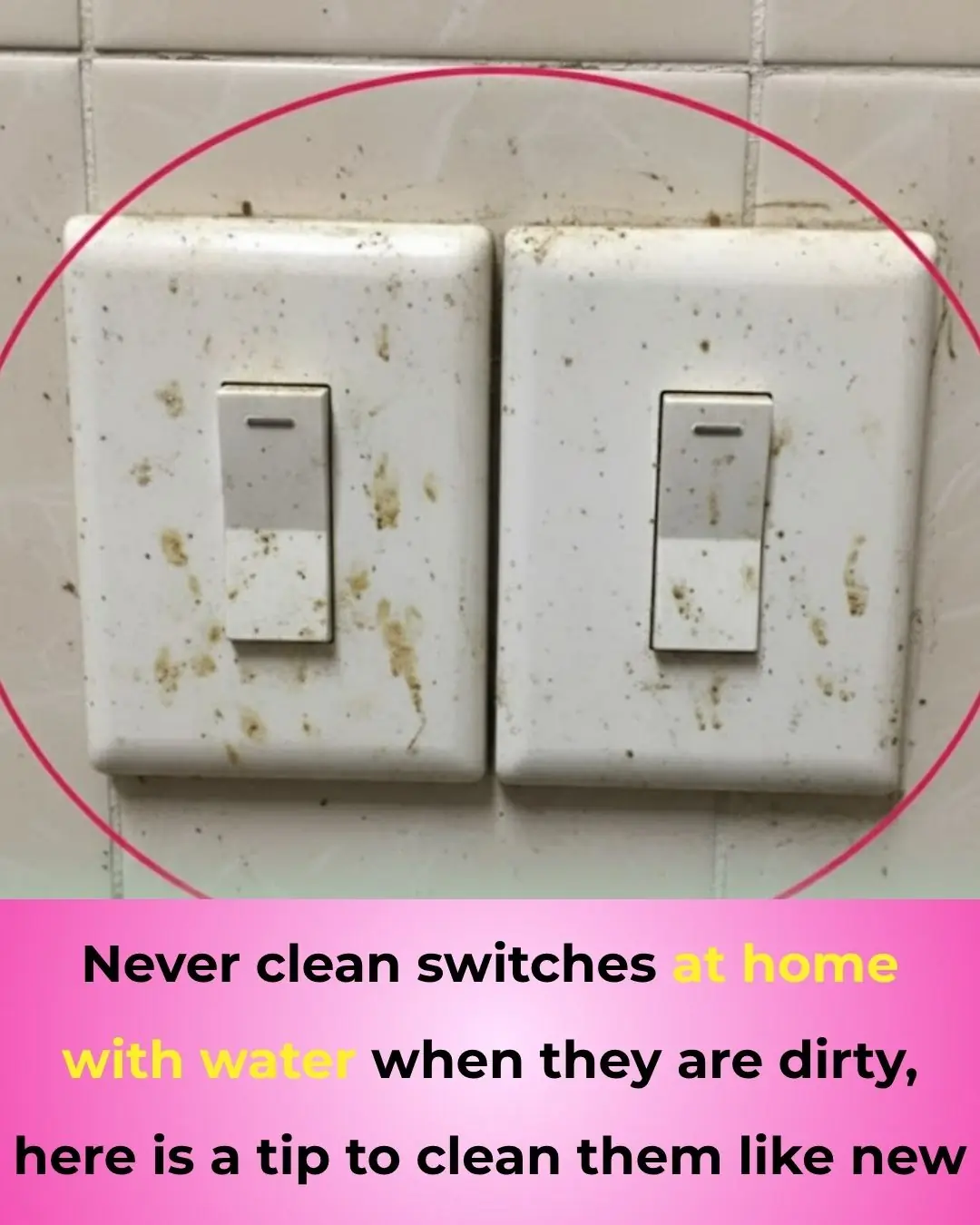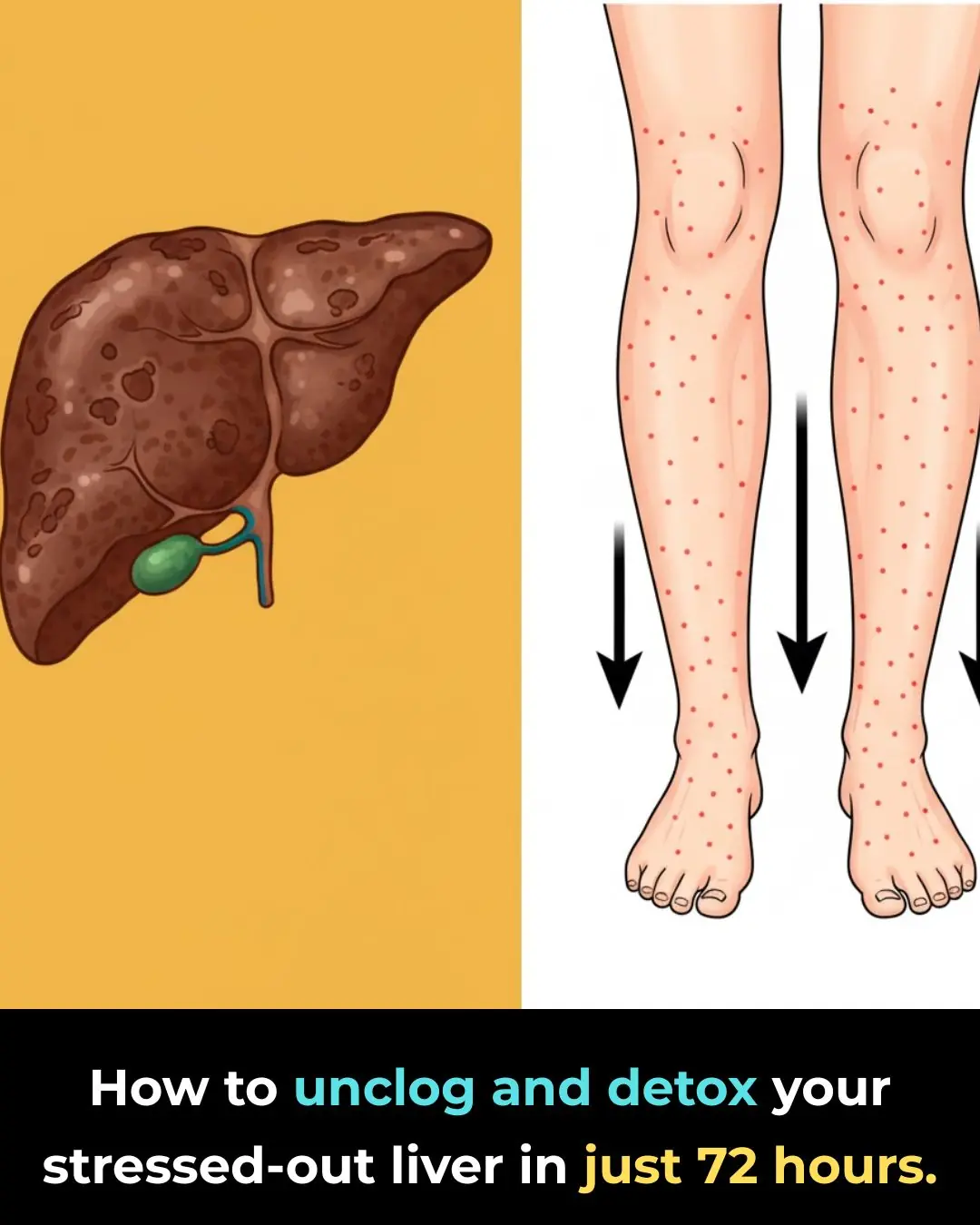
Three Types of “Lumps” on the Body That May Indicate Cancer — A Warning for Both Men and Women of All Ages

Cancer is one of the most feared diseases because once many types progress to advanced stages, treatment becomes extremely difficult or even impossible. This is why early detection is crucial. The earlier a warning sign is recognized, the greater the chance of successful treatment.
Many people have experienced the unsettling moment of touching a part of the body and suddenly discovering a lump. When searching online, they are met with conflicting information — some say it’s a swollen lymph node, others warn it could be cancer. This uncertainty easily leads to fear and anxiety. Such feelings are completely normal, especially because no one wants to overlook a potential early symptom of a serious illness.
In many cases, lumps under the skin are harmless and simply reflect inflammation or an immune response. However, not all lumps are benign. Some may indicate more serious conditions, including cancer. Understanding the different types of lumps can help you identify when to be concerned and when not to panic.
Common Areas Where Lumps Appear
Lumps that can be felt with your fingers often develop in:
-
The layer of skin and tissue across the body
-
Surface-level organs such as the thyroid gland or breast tissue
-
The neck, armpits, and groin — areas rich in lymph nodes
These lumps generally fall into three major categories, depending on their underlying causes.
1. Lumps Caused by Inflammation (Most Common)
Inflammation is the most frequent cause of sudden lumps. Conditions such as tonsillitis, sore throat, gum infections, or general bacterial or viral infections can trigger lymph node swelling.
Typical characteristics:
-
Painful or tender to the touch
-
Usually less than 3 cm in diameter
-
Soft and movable under the skin
-
Shrink or disappear once inflammation resolves
These lumps are usually harmless and temporary, although they can feel alarming when first noticed.
2. Lumps Caused by Immune System Disorders
Autoimmune diseases, including rheumatoid arthritis, systemic lupus erythematosus (SLE), and various connective tissue disorders, can also lead to persistent lymph node enlargement or the formation of nodules.
These lumps often:
-
Persist for a long time
-
May vary in size depending on immune activity
-
Are not necessarily painful
-
Can appear in multiple places simultaneously
Because autoimmune diseases often involve chronic inflammation, their lumps are sometimes mistaken for other conditions and should be evaluated carefully.
3. Cancer-Related Lumps (Require Immediate Attention)
This is the most concerning type of lump.
-
Breast cancer and thyroid cancer typically present as firm, localized lumps or nodules.
-
Lymphomas, leukemia, and metastatic tumors can cause lymph nodes in the neck, armpits, or groin to swell abnormally.
Key features:
-
Usually painless
-
Gradually increase in size
-
Firm or hard to the touch
-
Poor mobility, often fixed in place because they are attached to deeper tissues
While not all painless lumps are cancerous, any lump that changes in size, shape, or texture should be taken seriously.
What Should You Do When You Discover a Lump?
When you first notice a lump, asking yourself the following questions can help you understand the situation better:
✔ Is there one lump or several?
✔ Did anything unusual happen before you noticed it — such as injury or exposure to someone with an infectious illness?
✔ Do you have additional symptoms like:
-
Fever
-
Chest discomfort
-
Chronic fatigue
-
Vomiting or coughing up blood
-
Blood in stool
-
Unexplained rapid weight loss
-
Skin discoloration
-
Persistent sore throat?
✔ Is there a family or community history of similar conditions?
Although these questions can guide your initial thinking, they do not replace professional diagnosis.
Important Characteristics to Evaluate
1. Pain
-
Inflammation-related lumps: often painful
-
Cancer-related lumps: typically painless
2. Size
-
Under 1 cm: usually benign (though not always)
-
Over 1 cm or rapidly increasing: requires medical evaluation
3. Borders
-
Benign lumps: smooth surface, clearly defined edges
-
Malignant lumps: unclear boundaries, irregular shape
4. Texture
-
Benign: generally softer and more elastic
-
Malignant: firm or hard, sometimes stone-like
5. Mobility
-
Benign lumps: move freely under the skin
-
Cancerous lumps: fixed in place, do not slide when pressed
It’s important not to judge a lump based on a single factor. A combination of characteristics gives a better indication, but only a medical examination can confirm the diagnosis.
When Should You See a Doctor?
You should seek medical attention if the lump:
-
Persists for more than a few weeks
-
Continues to grow
-
Feels hard or fixed
-
Is painless yet increasingly noticeable
-
Comes with concerning symptoms such as weight loss or fatigue
A doctor may conduct:
-
A physical examination
-
Blood tests
-
Ultrasound or imaging scans
-
A biopsy if needed
These diagnostic tools help determine the exact cause and the most suitable treatment plan. In many cases, early detection significantly improves outcomes — and even when the lump is harmless, getting clarity can greatly reduce anxiety.
News in the same category


Grow a Lemon Tree From Seeds — No Cost, No Effort, and Fresh Lemons Whenever You Want

Why should you drop a clove of garlic into the toilet at night?

4 ways to boil chicken without water

Rice water is like gold in the house if you know how to use it for these things

I Just Discovered the Benefits of Hanging a Bottle Cap on a Keychain

4 Dangerous Mistakes When Using an Air Fryer: Risks of Food Poisoning, Cancer, and Fires

Lady places cup of vinegar into microwave. Here’s the genius reason why

I had no idea this was a thing

6 ways to use wind oil to help repel mosquitoes extremely well

10 odd home fixes you’ll wish you learned years ago

12 weird but genius ways to unclog things naturally

Put borax on wax paper and slide it under fridge. Here's why

How to Grow Cucumbers in Pots for Heavy Harvests All Season Long

How to make steamed pears with rock sugar is both delicious and nutritious
Let’s take a look at some tips to help keep your kitchen space clean and free of unpleasant odors.

Drinking Roasted Black Bean and Ginger Tea for 7 Days Brings 3 Major Health Benefits

Never Clean Your Light Switches with Water — Here’s a Safe Trick to Make Them Look Brand New

Do not use a sharpening stone on dull scissors. Apply the following method to make the scissors as sharp as new ones bought from the store: Simple but effective
News Post

6 Milk Face Pack Recipes for Brighter & Glowing Skin – Best Milk Face Masks

Fans told LeBron to “sit this one out” after accusing him of drumming up fake outrage over the cop who bumped Nyck Harbor.

4 Powerful Vitamins You Need for Better Circulation – Prevent Blood Clots in Your Legs Now!

Coronation Street's Lucy Fallon shows off huge ring as she announces engagement

7 Ways to Instantly Stimulate Your Vagus Nerve to Reduce Inflammation, Depression, and Migraines

7 Early Warning Signs of Stomach Cancer Everyone Should Know Before It Spreads

Grow a Lemon Tree From Seeds — No Cost, No Effort, and Fresh Lemons Whenever You Want

Celebrity Race Across The World’s Dylan Llewellyn comforted by Roman Kemp after revealing brother James’ heartbreaking death

Taylor Swift’s mom, Andrea, makes rare comment about Travis Kelce in new Eras Tour doc trailer

Ever Wake Up But Can’t Move

The Hidden Health Risks of 4 Foods You Thought Were Clean

6 hard truths you need to know!

How To Unclog And Detox Your Stressed-Out Liver In Just 72 Hours

Why should you drop a clove of garlic into the toilet at night?

4 ways to boil chicken without water

5 Best Collagen Toners For Wrinkle Free Glowing Skin

Rice water is like gold in the house if you know how to use it for these things

7 Days Indian Glass Skin Challenge
